Successful adaptations from books into film give insights into how to write books that have cinematic appeal and potential. Read tips gleaned from several successful adaptations:
1. Cloud Atlas by David Mitchell
David Mitchell's 2004 novel cuts across multiple time periods and character arcs at a dizzying pace. There's naval 1800's adventure, contemporary political intrigue, post-apocalyptic tribalism and futuristic bureaucracy. One of the most interesting things about Mitchell's epic genre-bending novel is its narrative structure: Each section of the book introduces a different character or set of characters and ends in an unresolved state, working towards a middle section that could be described as post-apocalyptic. The sections then resolve their individual story arcs in reverse order, so that the final chapter closes the unfinished narrative of the first.
The Wachowski's adaptation was true to Mitchell's novel, managing to fit in all the novel's interlocking story paths. The adaptation also perplexed viewers who hadn't read the books, however. Reading the book and watching its adaptation can give you some idea of what is possible with narrative form, as well as what is unadvisable. If you use a complex form with a large cast of characters, how will you tie all the strands together? What demands are you making on readers' memories for plot details? You may have to trade off some complexity to avoid losing readers in a swirl of confusing detail.
2. Charlotte Brontë's Jane Ayre
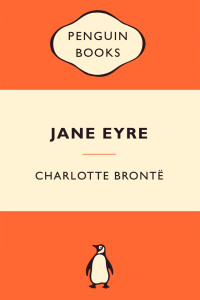
Brontë's novel Jane Ayre, first published in 1847, is a classic. The novel charts the coming-of-age of the titular character, an orphan left to grow up with her uncle's family. The novel reinvented fiction as it was then known, and Brontë has been called 'the first historian of the private consciousness' (the book was originally published as Jane Ayre: An autobiography).
The novel is full of personal loss and hardship, from Jane's being orphaned to the tumultuous love affair she has with Edward Rochester, the master of the house where she is appointed governess. There have been multiple screen adaptations, but Cary Fukunaga's 2011 adaptation starring Mia Wasikowska and Michael Fassbender in particular stands out (Fukunaga is perhaps best known now as the emmy-winning director of the HBO series True Detective).
Fukunaga's adaptation takes liberties with the original text. For one, it starts in medias res, with an adult Jane stumbling through wind-swept moors. This device, of beginning in the middle and then circling back to present the backstory, creates dramatic tension from the outset. Think about how you can take the first draft of your book and experiment with story sequence in a similar way. Could rewriting your opening sequence in medias res, for example, create additional tension that hooks the reader's attention?
3. Leo Tolstoy's Anna Karenina
The Russian author's famous tragic novel is about a married aristocrat who has an affair that leads to her downfall. It was serialized between 1873 and 1877 and later published as a book. Tolstoy's realist fiction is full of large ensembles of character, each brought to life as distinctive and full of quirks. There is so much crammed into its thousand pages that adapting Anna Karenina for film is no small undertaking. There have been many adaptations however, including the British adaptation made in 2012, based on a screenplay by the famous playwright Tom Stoppard.
The cinematic devices used in this particular adaptation are interesting in how they create transitions from scene to scene. In one scene, a toy train belonging to Anna's son enters a tunnel and when it emerges it is a real train viewed from far away, the train carrying Anna to Moscow to try and convince her sister-in-law to forgive her philandering husband. Small transitions such as these are spread throughout the movie. In another scene, Anna's husband tears up a letter, throwing the pieces into the air. These become falling snowflakes in the following scene.
The transitions help to tie the discreet settings and events of Anna Karenina together in the film. Watching this adaptation can give you some ideas for how to foreshadow plot events and move smoothly from one scene of your novel to the next. The focus on toy train foreshadows the ending of Anna Karenina (no spoilers here), while also keeping a sense of continuity from one location to another without causing the viewer to dwell on the leap in setting too long, helping to avoid confusion. Movies that use transitions effectively help you learn how to write books that give narrative a satisfying progression.
4. Michael Cunningham's The Hours
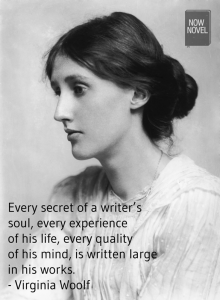
Michael Cunningham's Pulitzer Prize-winning novel The Hours (1998) draws on the life of the modernist writer Virginia Woolf and her classic novel Mrs Dalloway. In the novel, Cunningham cuts between chapter's describing Woolf's day to day life and her process of writing Mrs Dalloway, and Cunningham's own modern versions of some of Mrs Dalloway's central characters, including the titular character. Cunningham's novel is full of poetic language which is hard to translate to the screen. It was adapted for the screen by the British director Stephen Daldry in 2002 and received nine Oscar nominations.
The film adaptation of The Hours is a lesson in creating mood. Virginia Woolf's tragic life and suicide is placed central to the story arc in Daldry's adaptation, emphasizing the emotional turbulence Woolf experienced. The movie is arguably bleaker than Cunningham's novel, but manages to convey the sadness of the original book and the complexity of its characters. Rather than begin his adaptation with the exploits of Cunningham's reimagined Mrs Dalloway, Daldry begins with Woolf's suicide by drowning.
Again, opening in medias res establishes an overarching mood, produces tension, and introduces some of the story's tragic themes (depression and suicide). The single image of Woolf wading into the river in her overcoat and filling her pockets with stones is striking and harrowing, and establishes a state of suspense. Watching adaptations of books you're familiar with can give you similar ideas of how strong images can set the tone for your story and draw the reader's attention to specific themes.
While watching film adaptations of famous novels can provide insights into how to create drama in your novel, how to transition between scenes and more, there are other practical benefits. The more famous a novel is, the more critics are likely to be concerned with 'faithfulness'. If you are familiar with a book, you can compare its screen counterpart and see where the screenwriter has departed from the original text. What has been cut out and what has been left in?
Asking yourself questions such as these will help you think about drama and action, about what parts to leave in and leave out when revising your own work. Understanding how to tell a story with the minimum amount of unnecessary clutter will help you to keep readers engrossed and interested in following your novel's character and plot arcs.
Do you want feedback on your own scene transitions or narrative tension? Get constructive feedback from peers or your own writing coach to develop your story.
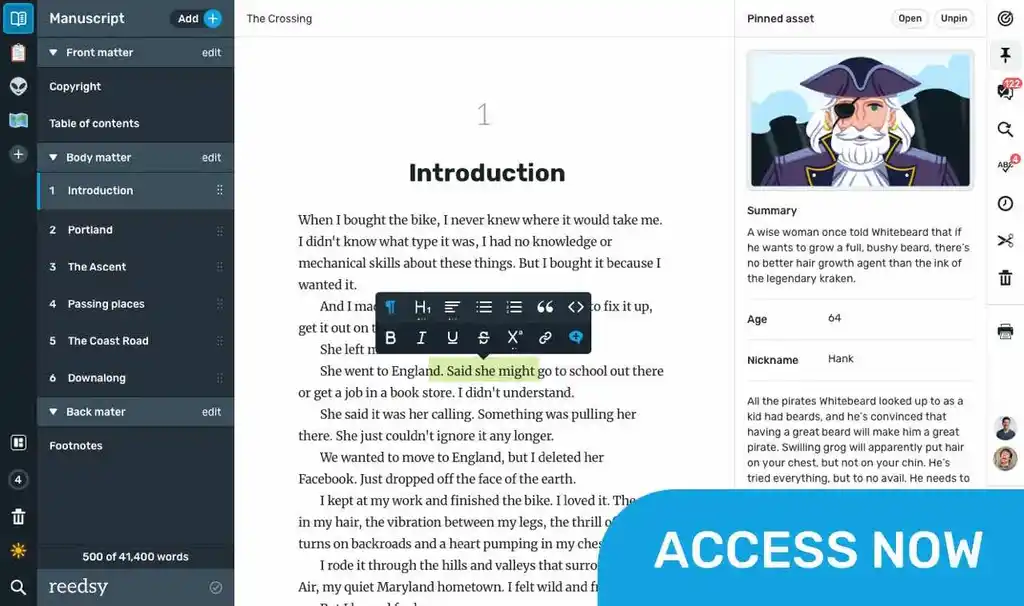

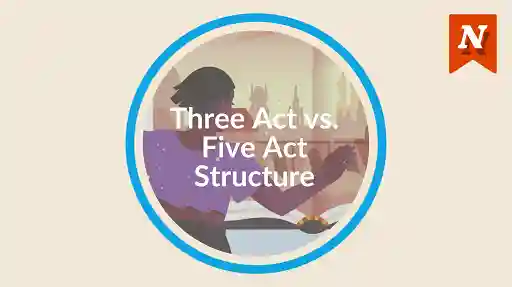
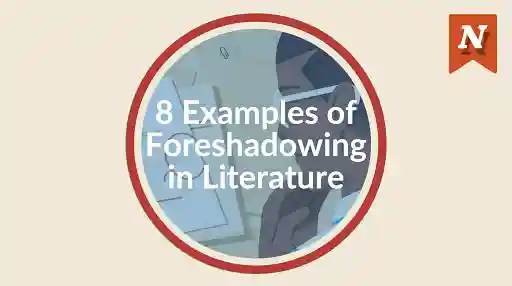
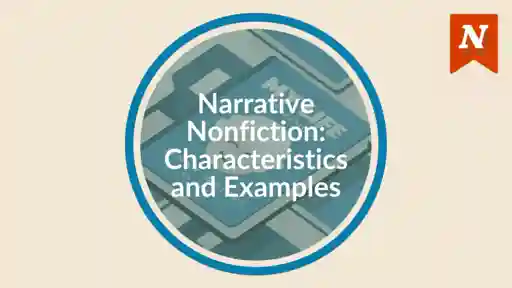

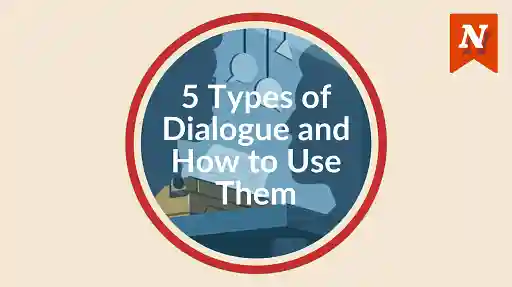


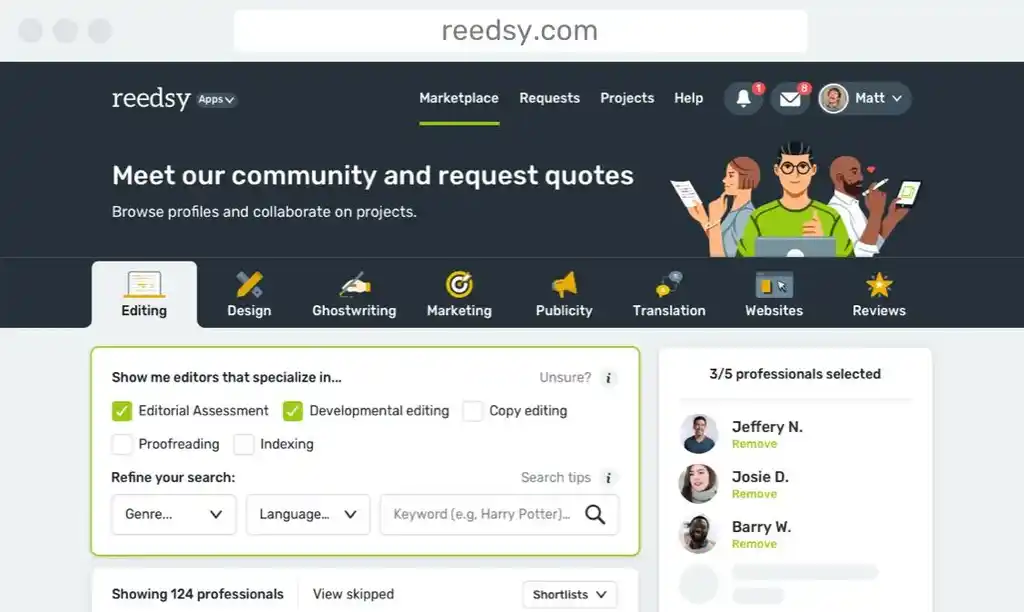
What ever you do for screen adaptations, compare the movie "Dances With Wolves" with the novel adaptations.
Njn - Almost 10 years ago
Thanks for the suggestion, njn.
Bridget At Now Novel - Almost 10 years ago